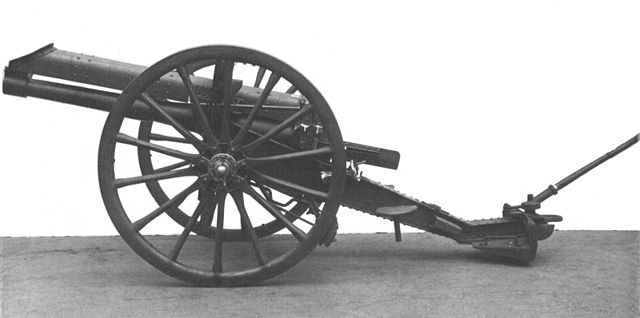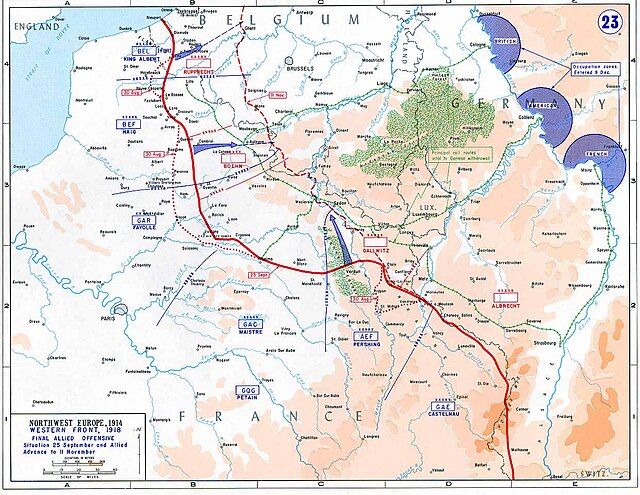3rd West Lancashire Artillery
The 3rd West Lancashire Artillery was a volunteer unit of Britain's Territorial Force recruited from Liverpool that saw action during the First World War, distinguishing itself at the Battle of the Avre. During the Second World War, it served in the air defence and medium artillery roles at home and in the Far East. Its successor unit continues to serve as a battery in the modern Army Reserve.
Waistbelt of the Lancashire Volunteer Artillery, post-1891
BLC 15-pounder gun issued to TF field brigades
18-pounder gun preserved at the Imperial War Museum.
4.5-inch howitzer preserved at the Royal Artillery Museum.
The Liverpool Irish is a unit of the British Army's Territorial Army, raised in 1860 as a volunteer corps of infantry. Conversion to an anti-aircraft regiment occurred in 1947, but the regimental status of the Liverpool Irish ceased in 1955 upon reduction to a battery. Since 1967, the lineage of the Liverpool Irish has been perpetuated by "A" Troop, in 208 Battery, 103rd Regiment. The 103rd has provided individual reinforcements to regular artillery regiments equipped with the AS-90 and L118.
Reviews of the Lancashire Rifle Volunteer Corps were held annually. They became important social events, attracting large attendances; in 1864, it was estimated that more than 30,000 people were present at the review conducted at Aintree Racecourse.
The Liverpool Irish assembled for a photograph after they had conducted the 55th Division's first major action in April 1916.
Second-Lieutenant E.F. Baxter
Progress of the Hundred Days' Offensive between 30 August and 11 November.








